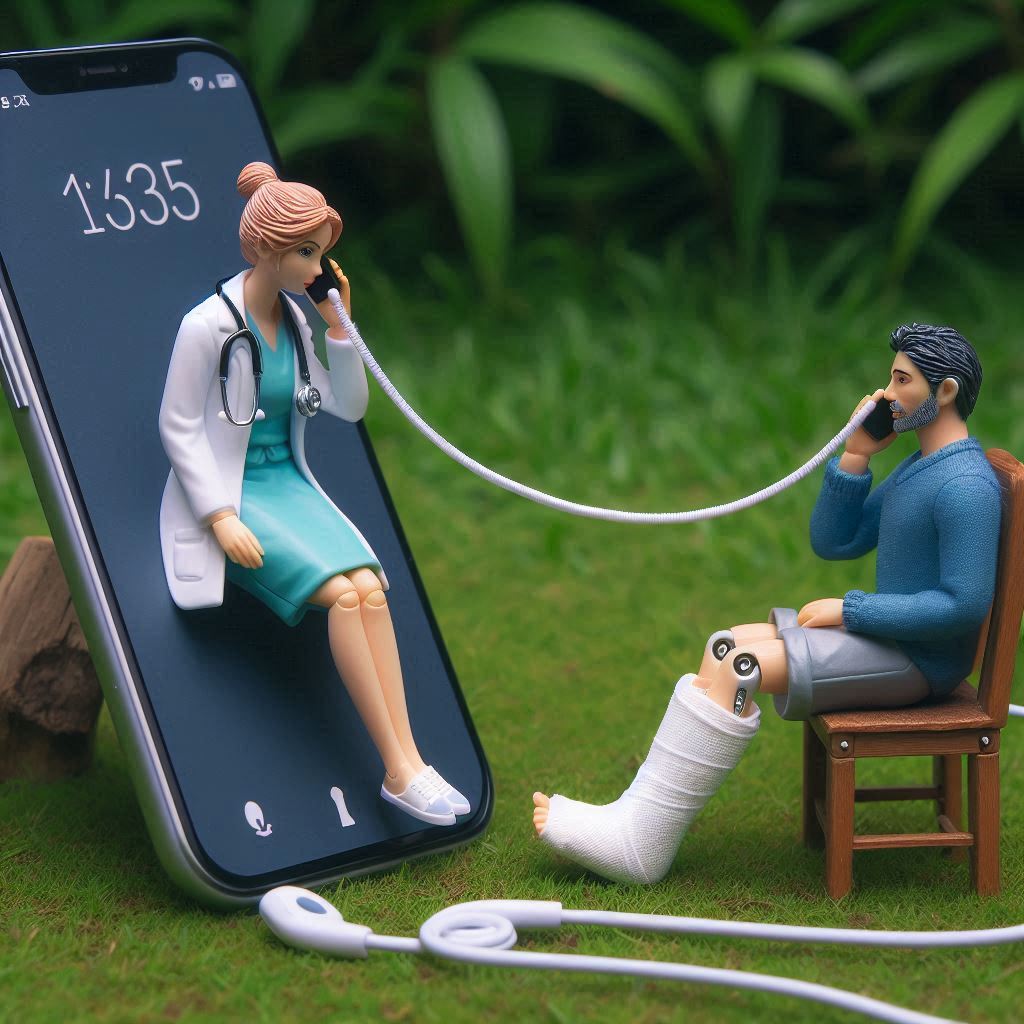GCP Snippets: Investigators Out of Site

WHO can be defined as investigator of a clinical study?
The new version of ICH GCP supports the conduct of clinical trials in ways that convey the gloss of modern times. While the mid-90ies version of ICH E6 depicted the informed consent with pen and paper (“Informed consent is documented by means of a written, signed and dated informed consent form”) the brand new ICH E6 (R3) shows that it can handle cutting edge technology with ease:
“Varied approaches to the provision of information and the discussion about the trial can be used. This may include, for example, providing text in different formats, images and videos and using telephone or video conferencing with investigator site staff. Informed consent is documented by means of a written (paper or electronic), signed and dated informed consent form. Obtaining consent remotely may be considered when appropriate.”
In line with this, the investigators are released from their vintage study centers: ICH E6 (R2) defined “Investigator” as “A person responsible for the conduct of the clinical trial at a trial site”, but ICH E6 (R3) refurbishes this 30 years old concept and presents the investigator as “A person responsible for the conduct of the clinical trial, including the trial participants for whom that person has responsibility during the conduct of the trial”.
With the trial site still present, ICH E6 (R2) saw it as “The location(s) where trial-related activities are actually conducted”, while the new ICH E6 (R3) describes it as
- “The location(s) where trial-related activities are conducted and/or coordinated under the investigator’s/institution’s oversight”.
(Well, to be accurate, ICH E6 (R3) names this location “Investigator Site” while the old name “trial site” appears only once in section 3.16.1, where it probably resisted consolidation of the text.)
The new definitions – theoretically – would allow investigators to never see participants directly and clinical trials to become decentralised. It also would allow, in my interpretation, that the investigator is not defined by responsibility for trial participants, but could spend his time on coordination only. The new definitions could indeed have some probably unintended consequences. The introduction of ICH E6 (R3) clarifies that “trial conduct”
- “includes processes from planning to reporting, including planning, initiating, performing, recording, oversight, evaluation, analysis and reporting activities”.
Given that, any person planning a trial is by definition an investigator and the cubbyhole used for making medical research plans is an investigator site. Therefore, taking the wording of the definitions seriously, also the sponsor’s medical monitor or employees of members of ethics committees could be investigators. Would this necessitate that ethics committees have to review, in accordance with ICH E6 (R3), the “current curriculum vitae” of such investigators?
Since Section 2 of Annex 1 of ICH E6 (R3) presents the investigator in the familiar traditional context (recruiting patients, available of adequate facilities), something is probably wrong with the new set of definitions. I assume it is the much too broad concept of trial conduct.
Worse than failed definitions are wry ethics. Which is the responsible ethics committee for an investigator without direct contact to patients and with a location used only for coordination? Could an investigator in Laputa obtain approval from an ethics committee in Balnibarbi for a clinical trial conducted in Luggnagg?
Fortunately, this is not possible once these places get absorbed by the EU. Article 2.2 (15) CTR clearly defines “Investigator” in the old way as “an individual responsible for the conduct of a clinical trial at a clinical trial site”. For clinical trials that are subject to the CTR you have to stick to that. Some of the airy concepts of ICH E6 (R3) do not apply, but on the other hand decentralised trials are also possible in the EU.
Links and further reading:
CTCG, EMA, et al.: Recommendation paper on decentralised elements in clinical trials
AEMPS: Guía para la realización de elementos descentralizados en ensayos clínicos
https://www.radial.eu/en
